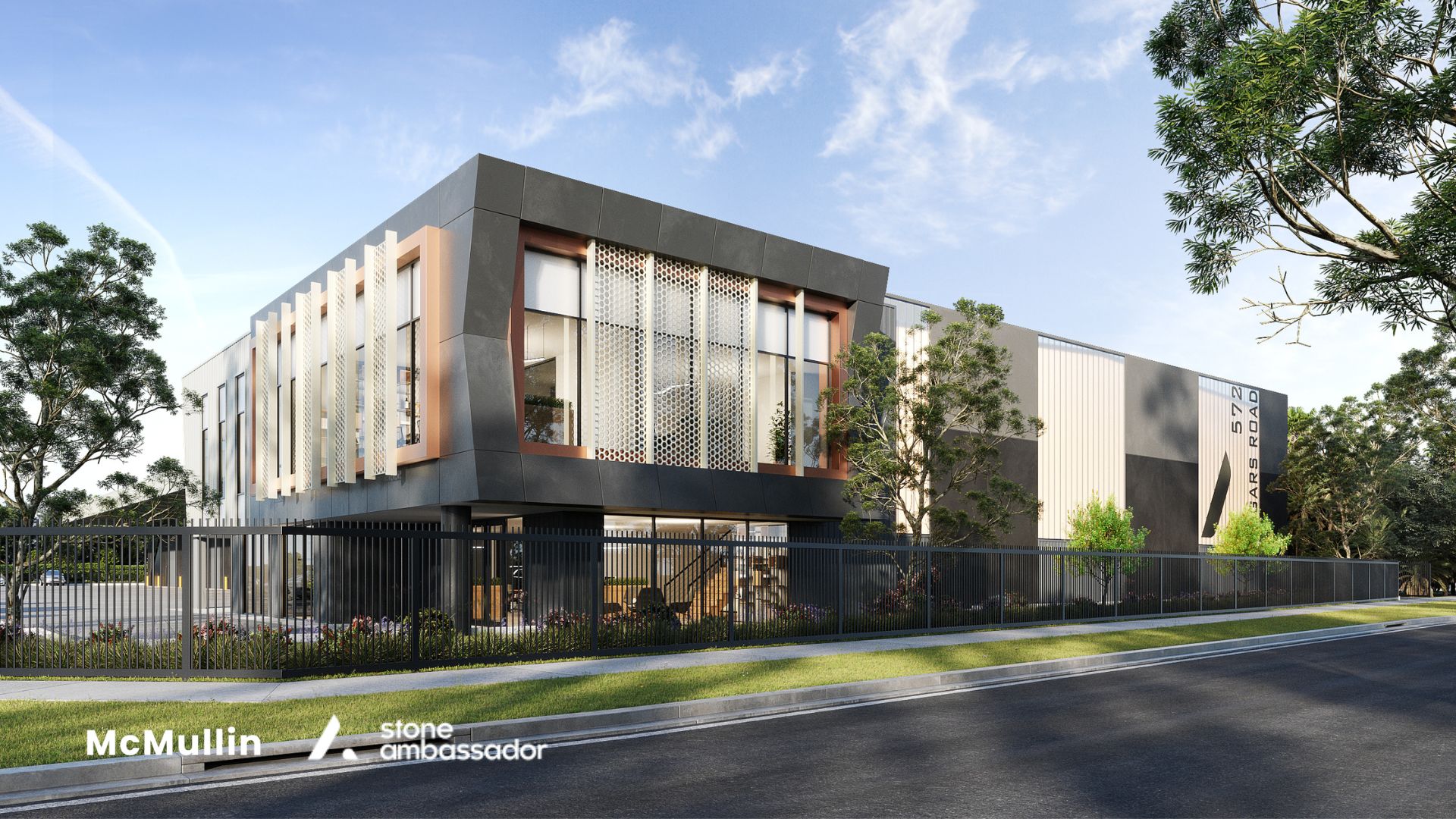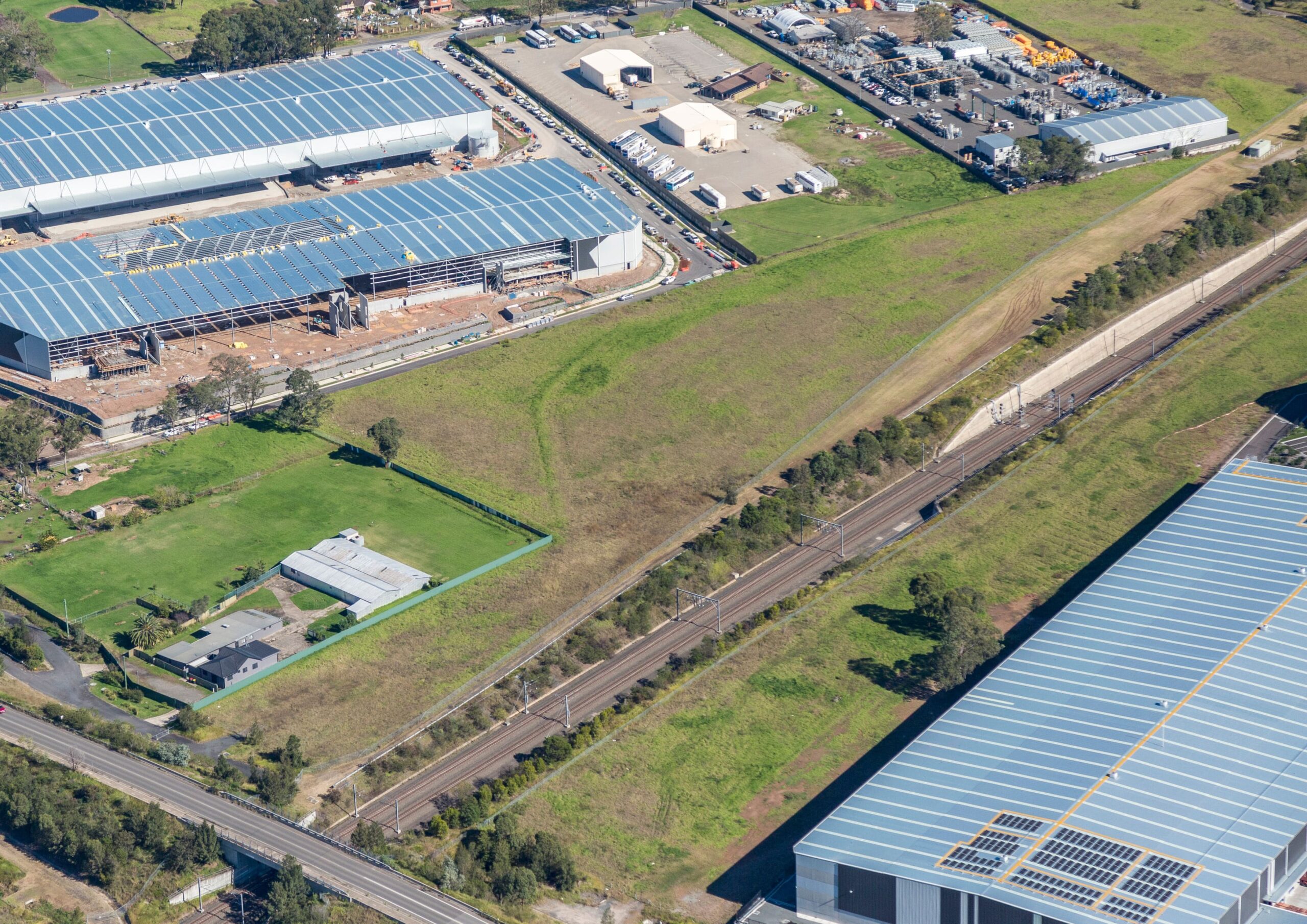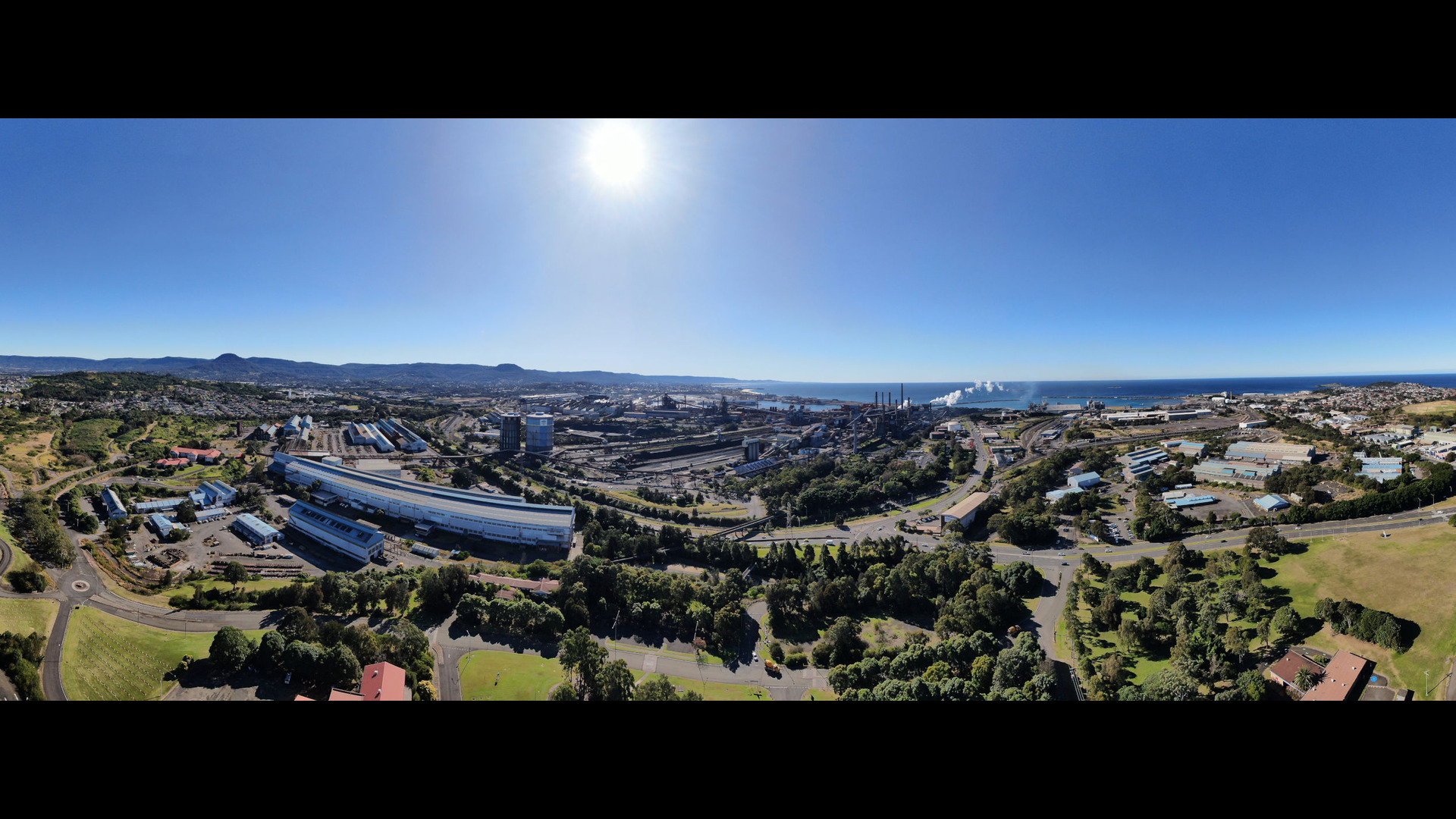Institutional Investment Heats up Australia’s Cold Storage Sector, Says Savills
8 September 2025
Australia is facing a critical shortage of cold storage infrastructure, with vacancy virtually non-existent across the Eastern Seaboard. According to leading agency Savills Australia and SA1 Property’s new research report, ‘Keeping it Cool – The Rise of Cold Storage’, this emerging sector is now firmly on the radar of institutional investors, REITs, and private equity firms.
Considered an industrial property, cold storage provides specialised, temperature-controlled facilities for perishable goods including fresh produce, frozen foods and pharmaceuticals. Its popularity is propelled by population growth, rising e-commerce and household consumption.
“Cold storage is no longer a niche play. It is core to the future of supply chains, food security, and pharmaceutical distribution, and its strategic value is on the rise. For investors and developers, the signals are clear – demand is real and supply is low,” said Michael Wall, National Head of Industrial and Logistics at Savills Australia and New Zealand.
The report highlights a significant shortfall of cold storage stock, bringing vacancy to near-zero in Sydney, Melbourne and Brisbane. Institutional players such as Hale Capital Partners, Dexus, Charter Hall, Goodman and ISPT are now redefining cold storage ownership across the East Coast.
Sydney’s cold storage sector has the highest share of institutional ownership with 69% of facilities institutionally owned. Melbourne follows with 59%, while just 35% of Brisbane’s cold storage stock is owned by institutions.
“Australia’s cold storage market presents a clear opportunity for developers and investors to meet rising demand, particularly in urban areas where infrastructure is scarce,” said Katy Dean, Head of Research at Savills Australia and New Zealand.
The state of cold storage: which sectors are driving demand in key capitals?
Demand for cold storage is being fuelled by population growth, the expansion of pharmaceutical supply chains, and dominant e-commerce trends. Household incomes are also rising thanks to moderating inflation and wage growth, shifting preferences toward fresher, more convenient food while increasing restaurant and hospitality spending – further amplifying demand.
Despite significant population growth since 2020 and an urbanisation rate of nearly 91%, Australia’s volume of cold storage stock has remained relatively unchanged – with Savills and SA1 noting “virtually non-existent” vacancy across the Eastern Seaboard.
“With the exception of Sydney’s Central West, most infill locations – from Melbourne’s Inner North to Brisbane’s Trade Coast – are facing a clear shortfall in cold storage supply,” said Ms Dean.
According to the ‘Keeping it Cool – The Rise of Cold Storage’ report, Brisbane’s cold storage takes the largest share of industrial GFA across the three East Coast capitals at 2.19%. Cold storage is mostly concentrated across the Trade Coast and South Side submarkets. Logistics dominates occupancy at 50%, followed by food and beverage (15%), retail (15%), and distribution (12%).
Melbourne has the East Coast’s largest cold storage footprint at over 1.16 million square metres, occupying 1.58% of its total industrial GFA. Melbourne’s West holds some 60% of the city’s cold storage and is ideal for third-party logistics businesses and national distributors servicing Victorian and interstate markets. Logistics operators also comprise 71% of occupiers – the highest share of any market.
Sydney presents the most balanced cold storage profile, but the sector accounts for just 0.75% of the city’s total industrial GFA. Take-up is led by retail (34%), logistics (28%), distribution (15%), and food and beverage production (13%). Due to high costs and land constraints, occupiers tend to be large-scale food distributors, grocery chains and last-mile logistics providers.
Institutional investors coming in hot
According to Savills and SA1, institutional capital is no longer circling cold storage – it has stepped in. Some of Australia’s most high-profile players are vying for a slice of this growing sector, including Hale Capital Partners, Charter Hall, Fife, GPT, Centuria, Frasers Property Industrial, Dexus, Goodman and ISPT.
“Ownership structures across Sydney, Melbourne, and Brisbane reveal very different market profiles, from highly institutionalised to heavily fragmented. These dynamics influence liquidity, shape development pipelines, and determine where first movers can still carve out advantage,” said Ms Dean.
Sydney shows the strongest institutional dominance, with 69% of facilities institutionally owned. However, it also has the smallest cold storage footprint relative to its total industrial GFA. Institutional ownership remains focused on scale, acquiring large land parcels or entire portfolios with a view to long-term development potential through redevelopment, repositioning, or forward-purchase strategies.
Institutions now own 59% of facilities in Melbourne, however a relatively high share of undisclosed ownership (21%) suggests a more mixed or transitional profile. Melbourne offers potential for institutional expansion via acquisitions, joint ventures, or speculative development.
Brisbane’s cold storage sector is the most fragmented, with just 35% institutional ownership. Assets are mainly held by owner-occupiers (26%) and ‘Other’ investors (23%) however this creates a significant window for institutional entry – particularly through sale-and-leaseback deals or converting owner-occupied assets into investment-grade stock.
“Surging demand and limited modern supply position cold storage as a sector offering a long-term competitive advantage, especially in under-institutionalised, high-growth submarkets,” said Ms Dean.
Balance key to unlocking investment value in cold storage
Despite much of Australia’s existing cold storage being older stock, these facilities remain vital to the supply chain. Conversely, new cold storage facilities are setting a new benchmark within the asset class.
Building height is emerging as a metric for asset quality, with the report noting that lower-height stock often indicates older assets – but also uplift potential. Sydney has the tallest facilities at an average 10.9 metres high, while Melbourne and Brisbane average closer to 10.1 metres. Higher clearances enable greater pallet density, better air circulation, and easier integration with automation – making cubic efficiency the key measure in land-constrained markets like Sydney.
According to Savills, older cold storage facilities are most likely to trade, often offering strong functionality within strategic, last-mile locations. For investors seeking entry into an undersupplied market, these assets present the clearest liquidity path via retrofits and sale-and-leasebacks with established occupiers.
“Incremental upgrades like higher-performance insulation and refrigeration offer a relatively low-risk, high-impact way to reposition older cold storage stock. In infill locations where land is scarce, even modest retrofits can outperform greenfield alternatives,” said Mr Wall.
However, Savills notes that greenfield developments can deliver future-proofed assets with higher clearances, automation readiness, and ESG compliance built in. Although more capital-intensive and slower to deliver, they provide long-term resilience and are likely to attract institutional tenants seeking scale.
“With demand outstripping supply, older assets can capture rental uplifts at a lower capital cost, while new builds command premium rents and longer WALEs. Similarly, retrofits offer a way to deploy capital quickly in growth markets, while greenfield projects secure long-term supply pipelines,” said Mr Wall.






